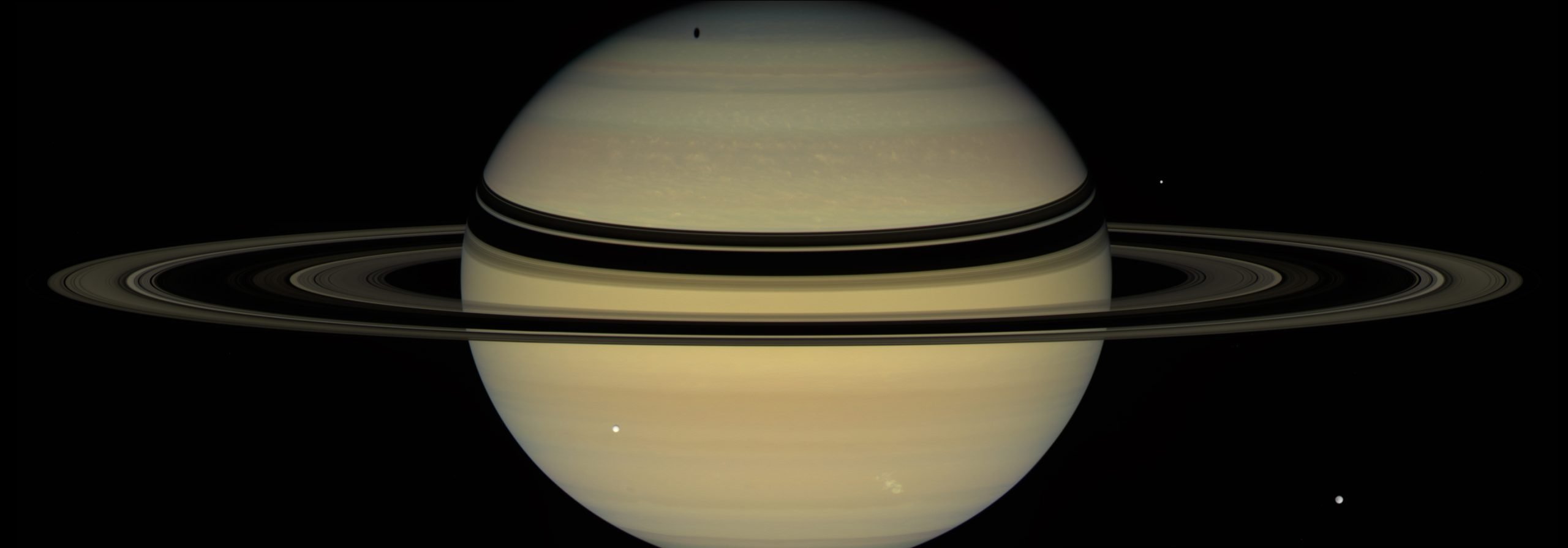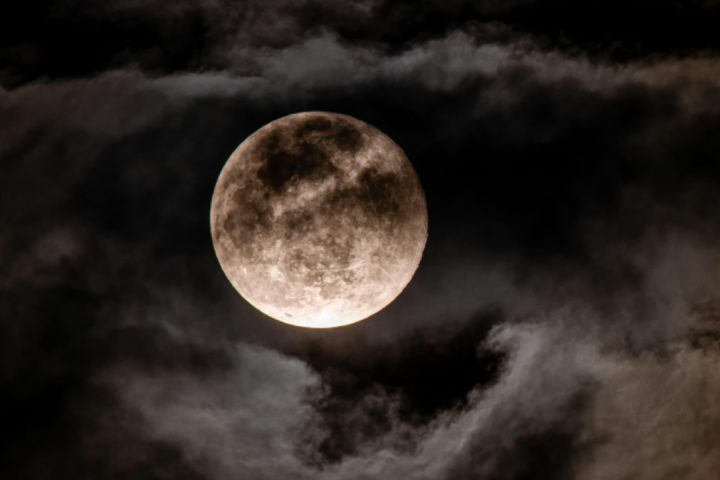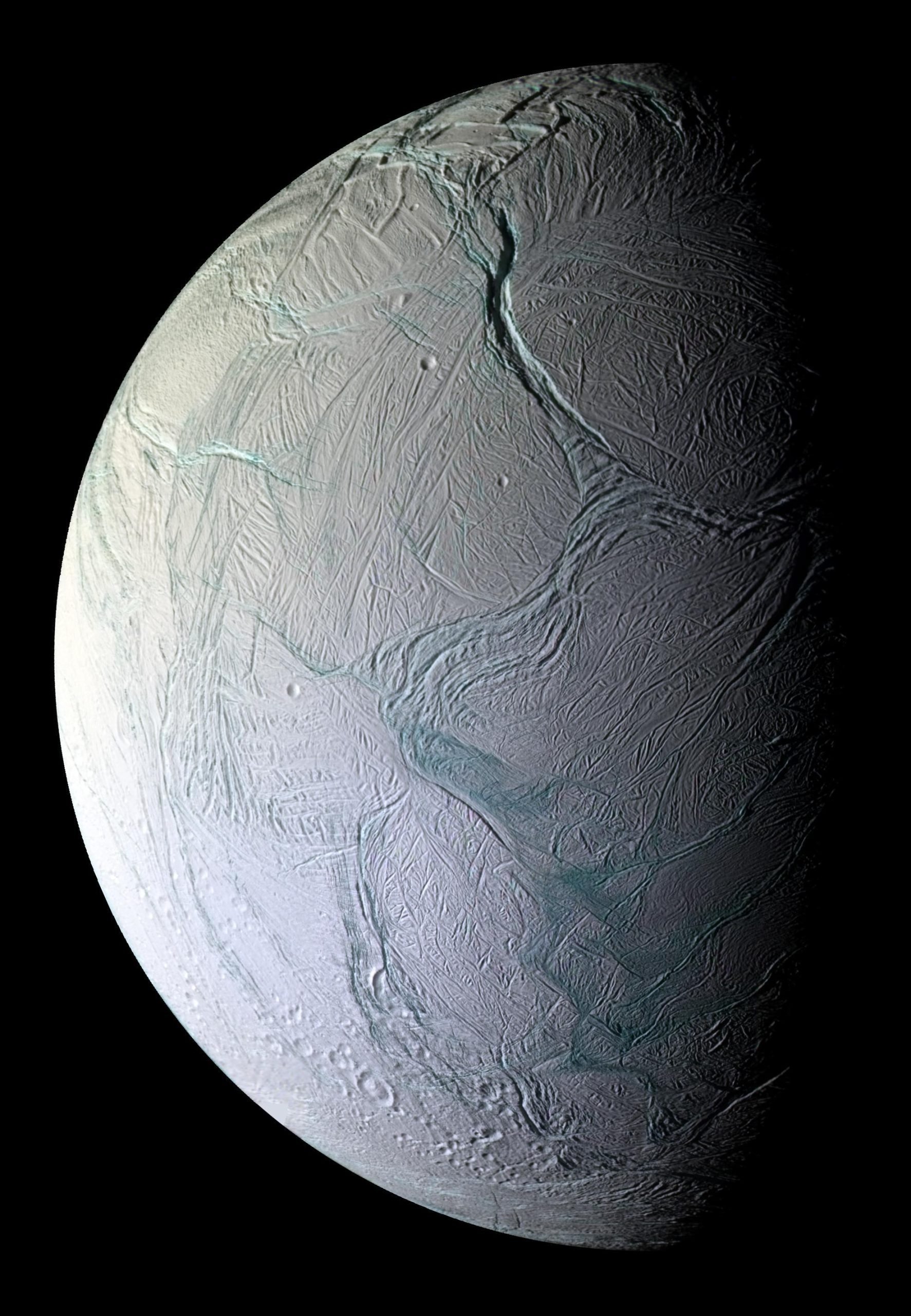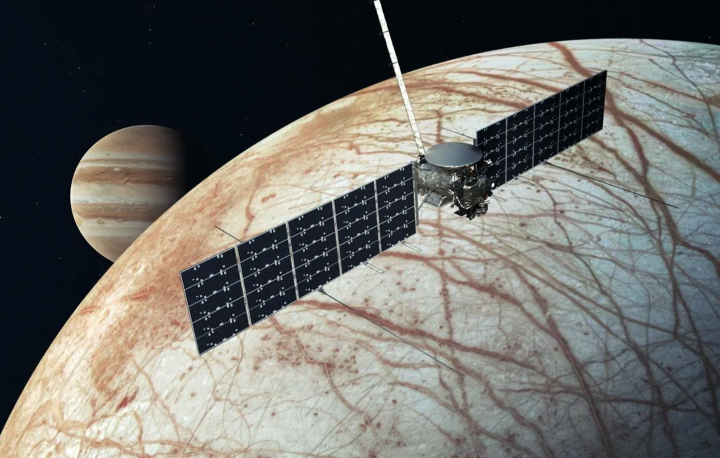It makes sense to wonder why Jupiter doesn’t have a gorgeous, extensive system of visible rings given its resemblance to our neighbor, Saturn.
Sadly, that is not the case. Jupiter does contain rings, but they are weak, frail, dust objects that can only be seen when backlit by the Sun.
According to recent findings, the reason why Jupiter’s collection of chonky Galilean moons prevents discs of rock and dust from amassing like they do around Saturn is the reason why these cheap rings lack sparkle.
- Huge Storks Flying Over ‘Hobbit’ People
- Inflation in Europe: “I shower less to see my grandchildren”.
Astrophysicist Stephen Kane of the University of California Riverside commented, “I’ve often wondered why Jupiter doesn’t have even more spectacular rings that would put Saturn’s to shame.”
Because Jupiter is closer to us than Saturn, if Jupiter had them, they would be even more visible to us.
UC Riverside astrophysicist Zhexing Li and Kane ran a series of simulations of the objects orbiting the Jovian system to test the theory that a massive ring system formed around Jupiter at some point in its past.
The four largest moons of Jupiter, collectively known as the Galilean moons and larger than Mercury, were included in these simulations. These moons are Ganymede (the largest moon in the Solar System), Callisto, Io, and Europa. The team also factored in how long it might take for a ring system to develop.
According to this simulation, Jupiter cannot contain rings akin to those of Saturn, and it is improbable that it ever had, according to the experts.
According to Kane, “large planets create huge moons, preventing them from having extensive rings.” We discovered that any massive rings that might form would be soon destroyed by the Galilean moons of Jupiter, one of which is the largest moon in our Solar System.
The majority of Jupiter’s currently fragile rings are comprised of dust expelled into space by some of its moons, which may also include debris from collision occurrences.
The majority of Saturn’s rings, on the other hand, are made of ice; they might be bits of asteroids or comets, or they could be pieces of an icy moon that either disintegrated under Saturn’s gravitational pull or collided and the ejecta created rings.
We are aware that Saturn’s moons are very important in forming and preserving its rings. A sufficiently big moon (or moons) can, however, also gravitationally disturb rings, yeeting ice out of planetary orbit and into the wide unknown.
Even while we all associate rings with Saturn, planets with rings are actually rather widespread across the Solar System.
Jupiter is one of them, as we have already mentioned. There are also flimsy, flimsy dust rings around the icy giants Neptune and Uranus.
In comparison to the other planets, Uranus is also tipped on its side, with its orbital axis almost parallel to the orbital plane. Its rings are believed to be connected to this in some way; either something struck Uranus and tipped it, or it originally had incredibly large rings, which may have contributed to its sideways tilt.
Additionally, rings are not just seen on planets. Chariklo, a tiny object with a diameter of around 230 km (143 mi), is in an outer orbit around Jupiter and Uranus. The dwarf planet Haumea, which is present in the Kuiper belt with Pluto, agrees. According to simulations, rings surrounding frozen worlds are prevalent because gravitational interactions cause ice to lift from the surface of these bodies and create an orbital ring around them.
Mars may occasionally have rings as well. Each year, Mars’ moon Phobos gets a little bit closer to the red planet; in 100 million years, it will be so close that Mars’ gravity will tear it apart, leaving a fleeting ring that may someday reform into a moon once more. Even Saturn’s rings, which will eventually begin to fall onto the planet, are most likely a passing phenomena.
Rings can be used to reconstruct some violent episodes in a planet’s past if we can look at them closely enough.
They resemble the bloodstained walls of a crime scene to us astronomers, Kane remarked. “When we examine the rings of massive planets, it is proof that a catastrophic event caused the material to be there.”
In any case, it might be for the best that Big Jupe has ordinary rings. Saturn should be left alone. Hexagons are already under Jupiter’s influence, after all.





